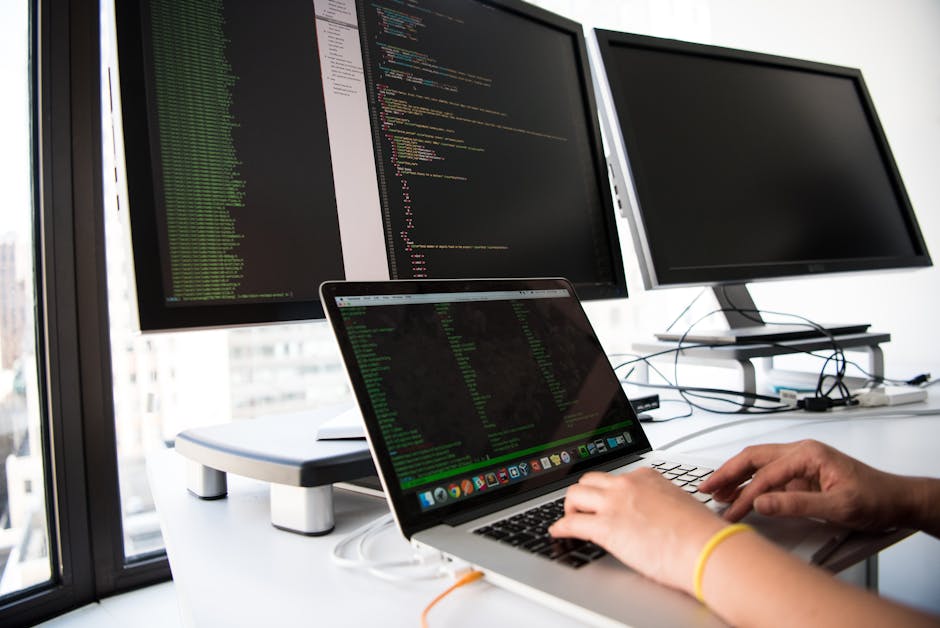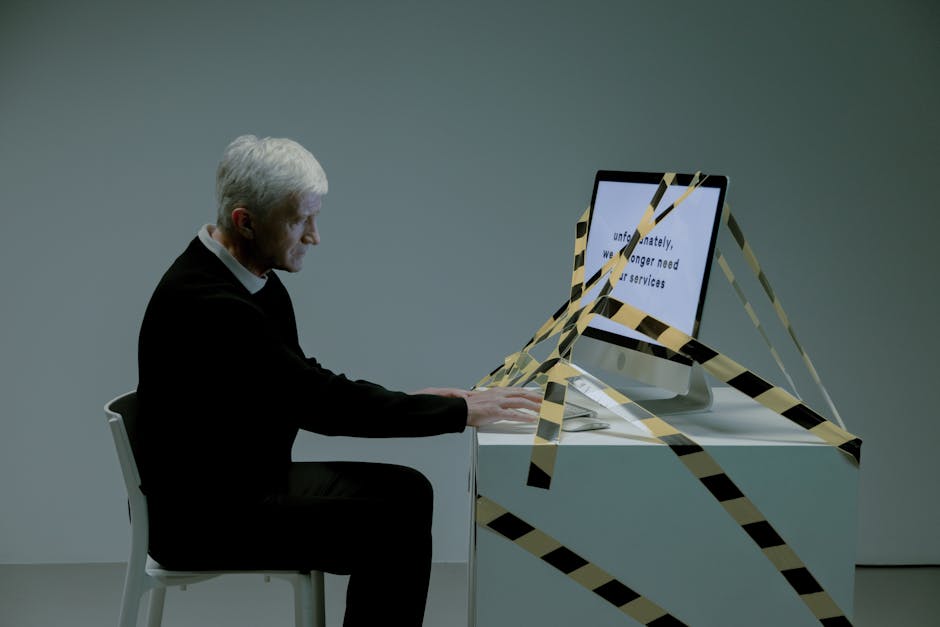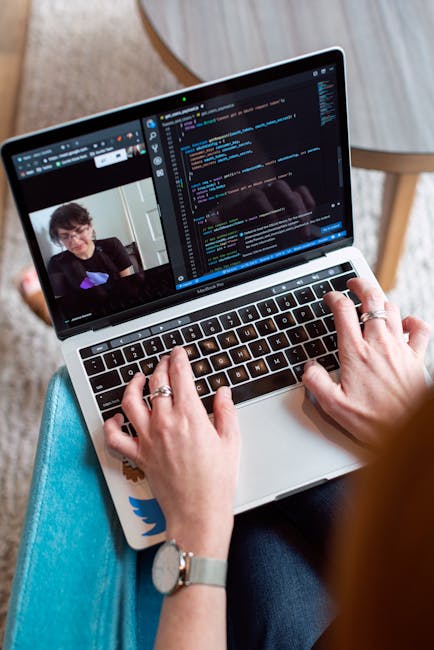
Introduction
Pair programming, where two developers work together at one workstation—one writing code (the driver) and the other reviewing (the navigator)—has long been a staple in agile development. In 2025, AI tools are revolutionizing this practice by serving as virtual coding partners. With capabilities to suggest code, debug in real-time, and explain complex logic, AI is reshaping pair programming into a hybrid human-machine collaboration. This article examines this evolution, its impact on developers, and what lies ahead.
The Shift to AI-Driven Pair Programming
Traditional pair programming relies on human collaboration to catch errors, share knowledge, and brainstorm solutions. AI tools like GitHub Copilot, Cursor, and Claude Code now act as navigators or even drivers, offering real-time suggestions, auto-completing code, and explaining logic in natural language. For example, a developer can write a function outline, and the AI instantly generates implementation details, flags potential bugs, or suggests optimizations. A 2025 post on X highlighted a developer using Cursor to build a Python app, describing the AI as “a pair programmer who never gets tired.”
AI pair programming operates in two modes:
AI as Navigator: The developer writes code while the AI provides suggestions, lints errors, and offers documentation.
AI as Driver: The AI generates full code blocks based on prompts, with the developer reviewing and refining outputs.
This flexibility allows solo developers to replicate the benefits of pair programming without a human partner.
Benefits of AI Pair Programming
AI-driven pair programming offers several advantages:
Increased Productivity: AI tools reduce time spent on repetitive tasks like writing boilerplate code or debugging syntax errors. A 2025 study by Stack Overflow found that developers using AI tools completed tasks 25% faster than those without.
Accessibility for Beginners: Novices can learn by interacting with AI, which explains code and suggests best practices, mimicking a senior developer’s guidance.
24/7 Availability: Unlike human partners, AI is always available, eliminating scheduling conflicts and enabling global collaboration.
Knowledge Sharing: AI tools provide insights into unfamiliar languages or frameworks, helping developers upskill rapidly.
For instance, a startup in Y Combinator’s 2025 cohort reported that AI pair programming cut their development cycle by 30%, allowing a small team to compete with larger firms.
Tools Leading the Charge
Several AI tools are tailored for pair programming:
GitHub Copilot: Integrates with IDEs like VS Code, offering context-aware code suggestions and autocompletion.
Cursor: An AI-powered IDE that acts as a coding partner, explaining changes and debugging in real-time.
Claude Code: Excels in multi-file projects, providing conversational feedback and code reviews.
Replit AI: Supports collaborative coding with real-time AI assistance, ideal for teams and learners.
Grok 3: Available on platforms like x.com and mobile apps, Grok 3 offers conversational coding support, with voice mode enhancing accessibility.
These tools leverage APIs from providers like xAI (x.ai/api) and OpenAI, enabling seamless integration into existing workflows.
Challenges of AI Pair Programming
Despite its benefits, AI pair programming has limitations:
Over-Reliance: Developers may become dependent on AI, neglecting core programming skills or failing to understand generated code.
Code Quality Issues: AI suggestions can be inefficient or insecure, requiring human oversight. A 2025 X thread reported a vibe-coded app with vulnerabilities due to unreviewed AI outputs.
Context Limitations: AI struggles with project-specific nuances or complex architectures, sometimes producing irrelevant suggestions.
Ethical Concerns: AI-generated code may inadvertently include copyrighted snippets or biases, raising legal and ethical questions.
A 2025 blog post by a senior engineer warned that unchecked AI pair programming could lead to “spaghetti code” in large projects, emphasizing the need for human review.
Real-World Applications
AI pair programming is transforming various domains:
Startups: Small teams use AI to rapidly prototype MVPs, as seen in 2025’s tech accelerators.
Education: Coding bootcamps integrate AI tools to teach students, simulating pair programming with senior mentors.
Freelancing: Solo developers leverage AI to handle larger projects, competing with agencies.
Open Source: Contributors use AI to maintain repositories, automating code reviews and documentation.
For example, a freelance developer used Grok 3 to build a browser extension in a day, with the AI suggesting optimizations and explaining JavaScript APIs in real-time.
The Future of AI Pair Programming
By 2027, AI pair programming is expected to evolve further. Advances in multimodal AI—integrating voice, text, and visuals—will enable developers to dictate code, sketch architectures, and refine logic seamlessly. For instance, combining Grok 3’s voice mode with visual tools like v0 could allow developers to “talk through” a project while sketching its UI. Additionally, AI models will improve context awareness, better understanding project requirements and reducing irrelevant suggestions.
However, human expertise will remain critical. Developers who treat AI as a partner rather than a replacement will excel, using it to augment creativity and problem-solving. The rise of “AI wranglers”—programmers who specialize in managing and optimizing AI tools—will create new career paths, as predicted in a 2025 Y Combinator report.
Conclusion
AI-driven pair programming is redefining collaboration in software development, offering productivity gains, accessibility, and flexibility. While challenges like code quality and over-reliance persist, the benefits make it a game-changer for developers of all levels. By embracing AI as a coding partner and maintaining critical oversight, programmers can harness this technology to build better software faster, shaping the future of development in an AI-driven world.




